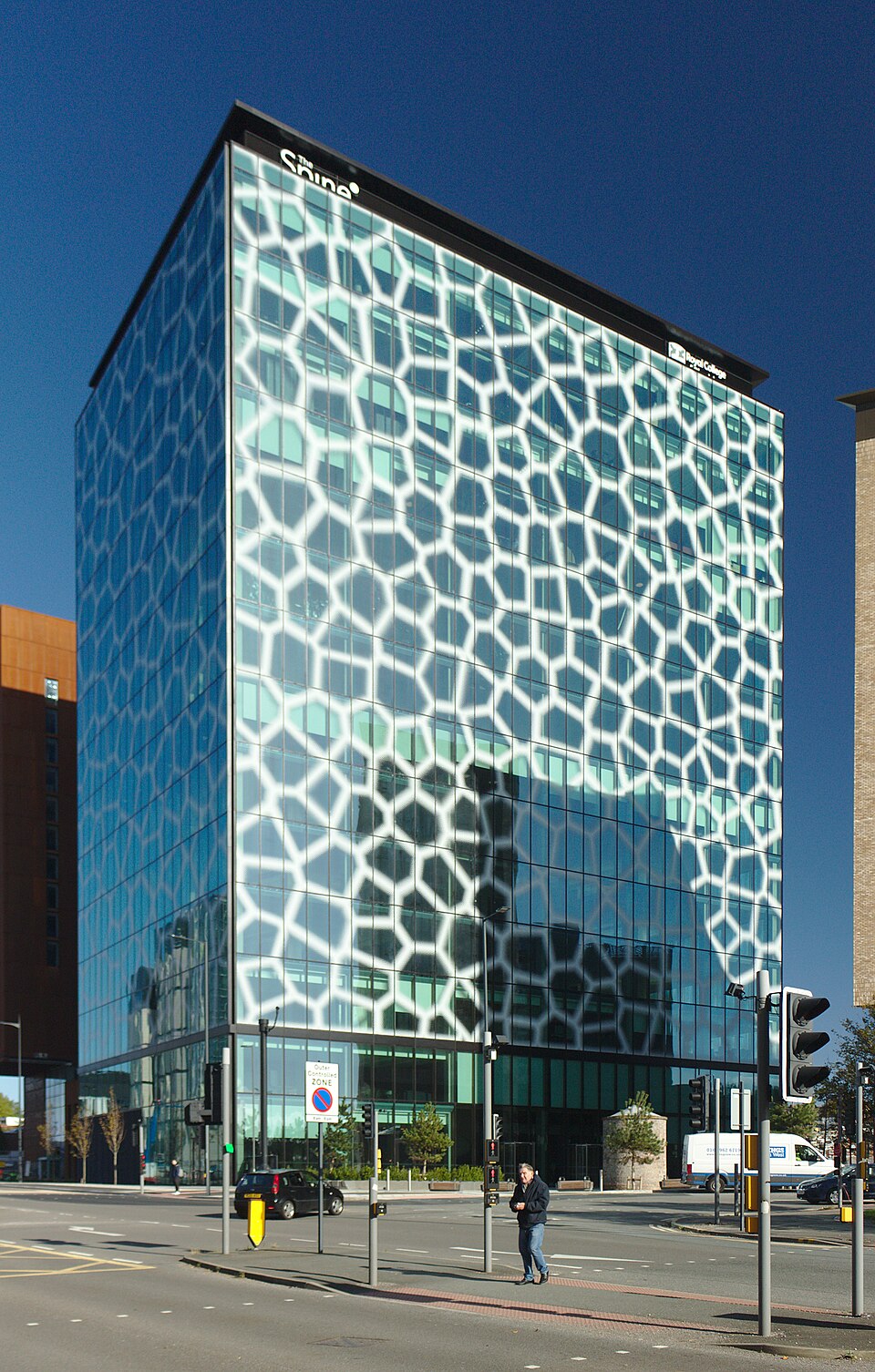Date / Time:
July 3rd, 2025 | 8.30am to 12.30pm
Location:
The Spine, 2 Paddington Village, Liverpool L7 3FA
Future Focus: Liverpool City Region Development Spotlight
23rd May 2025
July 3rd, 2025 | 8.30am to 12.30pm
The Spine, 2 Paddington Village, Liverpool L7 3FA
Future Focus: Liverpool City Region Development SpotlightThis will be a thought-provoking and insightful event for construction and built environment professionals, managing directors and partners, business development managers, and companies interested in networking and learning about public sector developments in the North West.
Bringing together local authorities, this CCBP conference is providing attendees with the opportunity to learn about key projects occurring across the Liverpool City Region.
The Spine, in Liverpool’s Paddington Village, is the ideal location for our first Future Focus event. Its unique features and sustainability credentials align perfectly with the event themes of innovation, sustainability and best practice.
Experience the architectural brilliance of The Spine for yourself, while hearing from local authorities about upcoming developments in the Liverpool City Region. With influential speakers from across the region, this promises to be an event not to be missed.
Guarantee your place by purchasing tickets today, or register for a CCBP membership for a 30% discount and other membership benefits. All details and links can be found on the CCBP website.
The design concept of The Spine is based on the human body:
The architects widely researched ways in which the design of the building could enhance the wellbeing of occupants.
One study they found was conducted by NASA in the 1980’s. It researched which plants would produce more oxygen and improve the air quality for astronauts on the space station. This research helped the architects to determine which high oxygen-producing plants to incorporate in The Spine’s double-storey sky gardens.
The architects also learned that in Japan, doctors often prescribe forest bathing as a way to improve mental wellbeing in a natural way, known as ‘shinrin yoku’. It’s a concept of being calm and quiet amongst the trees, observing nature whilst breathing deeply, which facilitates de-stressing. Adopting this theory, the architects ensured that when the sun shines through the Voronoi pattern in the glass, it mimics the dappled light that would come through the trees in a forest.
The Spine has been accredited a WELL Platinum Standard which measures attributes of a building that impact people. The seven concepts behind the accreditation are air, water, nourishment, light, fitness, comfort and mind.
All of the surfaces and furniture within the building have been carefully designed to achieve the WELL Platinum Standard, including the choice of paint, plaster, wood, furniture, fabrics and flooring. These have been carefully selected to ensure they enhance the air quality by removing toxins, avoiding the use of solvents, and using truly sustainable materials.
For example:
July 3rd, 2025 | 8.30am to 12.30pm
The Spine, 2 Paddington Village, Liverpool L7 3FA
Future Focus: Liverpool City Region Development Spotlight